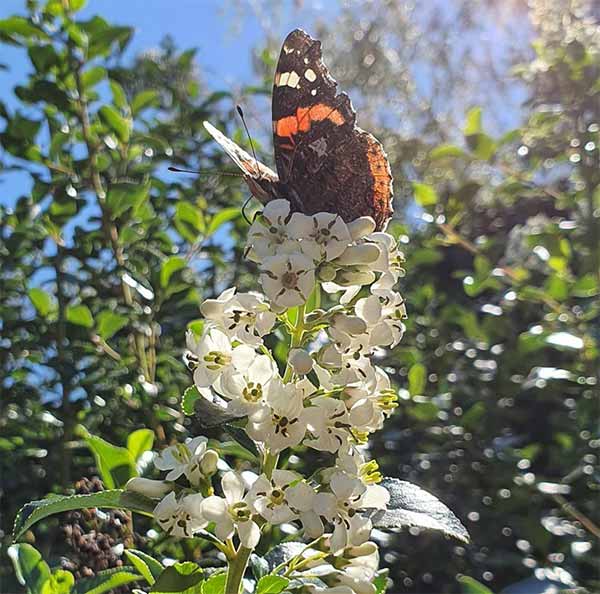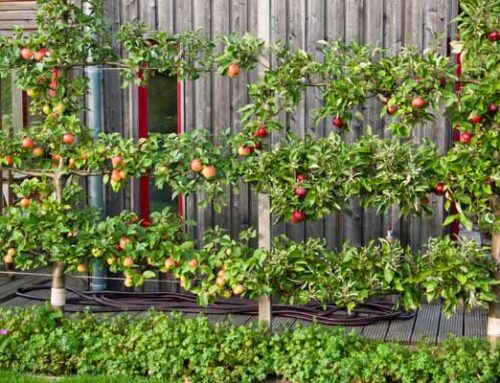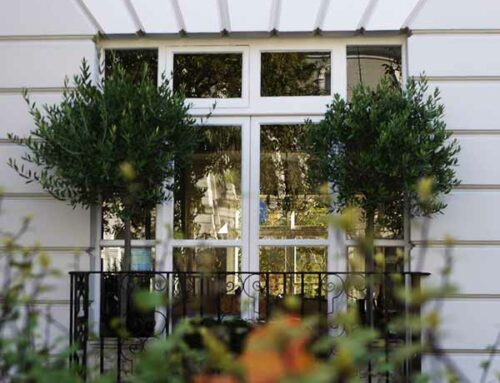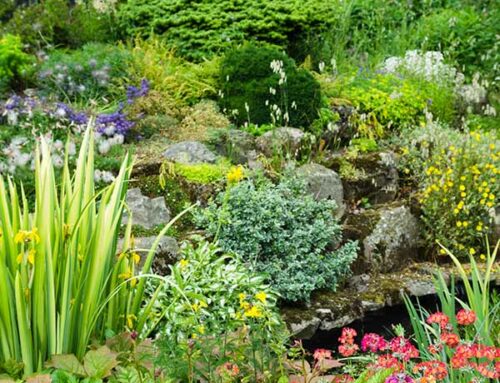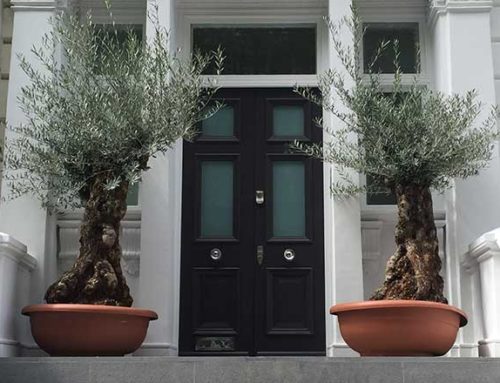Do what you can to help our precious wildlife! Here we tell you the best hedges for wildlife that will provide food and shelter to our small mammals and birds while giving your garden a living green backdrop to uplift your spirts and provide a framework for your decorative plants and flowers.
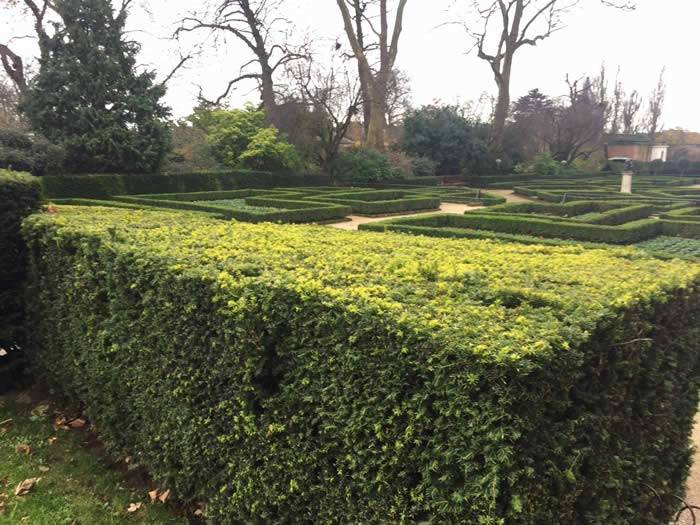
Native Yew, one of the best hedges for wildlife gardening despite its sometimes formal appearance
All gardens have boundaries. It is up to you to choose what type of material marks yours. If you want to do your bit for wildlife, plant a hedge and you will never look back.
Most of us inherit our boundaries, be it a fence, a railing or the plain walls of neighbouring buildings. On their own, these can be rather barren in terms of ambiance contribution. However, add an evergreen hedge and all is transformed. In addition to giving you privacy and creating a beautiful green backdrop to look at, you are providing much needed shelter and food for wildlife, transforming your outside space into a useful working environment for our precious birds, bees, insects and small mammals. Maintaining a hedge can be particularly important in built up areas, where urban birds, bees, butterflies and other pollinators are finding ever fewer green places to make their homes.
Hedges do not have to be high, overly thick and they do not have to be thorny. In fact, hedges can be easily sized and shaped to fit into whatever space you have, be it small or large.
Suitable for Low Hedges
Take for example, the much loved, humble privet hedge (Ligustrum Ovalifolium). This is an easy to maintain hedge. For a more informal look, clip it less often and its protection and food supplies will support butterflies and birds with its fragrant white flowers in summer following by dark berries in autumn. Robins and wrens and blackbirds will typically hunt for food in the hedging undergrowth.
Prefer a low hedge but need to keep out intruders?
Hedges that you do not need to keep so neat are Berberis. For example, Berberis Thunbergii Atropurpurea Harlequin is a very thorny, deciduous hedge with fabulous purple foliage that turns bright red in autumn. It is a compact grower that won’t get overly large and it is guaranteed to keep unwanted visitors out.
Native Hedges
One of the best hedges for wildlife is the native English Holly (Ilex Aquifolium). Our native Holly makes a dense, prickly evergreen hedge with red berries in autumn. It also grows well in the shade.
Our native evergreen Yew, the king of hedges and again, one of the best hedges for wildlife, is ideal for more formal, well clipped hedging. Yew is long lasting and a great source of food and shelter for birds with red berries in autumn /winter and secure nesting.
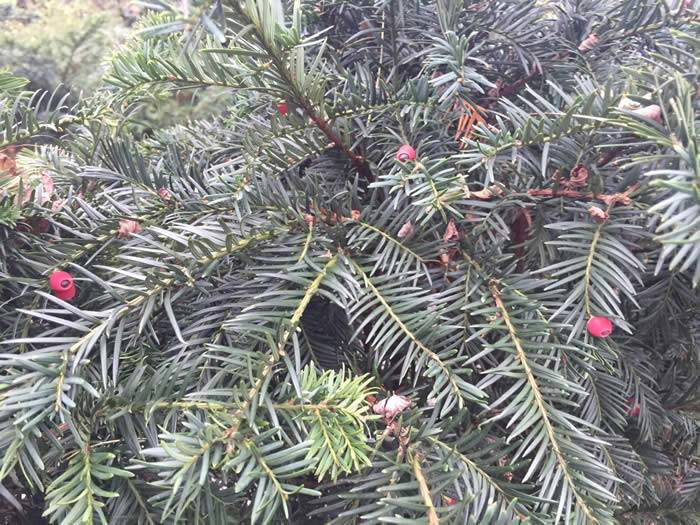
Yew hedging close up – red berries adored by birds appear in early winter
Deciduous Hedging
Native Hornbeam which keeps its dead leaves on it branches throughout winter is an ideal choice. It will also grow well in shady and wet areas. For above fence or wall screening, try our clear stem pleached hornbeams.
Evergreen Hedging
There are so many varieties of hedging that will attract wildlife to choose from. Another that we count among the best hedges for wildlife is Eleagnus Ebbingei a fast growing evergreen hedge which produces small fragrant white flowers in autumn. Escallonia (low growing and loved by pollinators) and Griselinia, both evergreen hedging plants are ideal for windy coastal areas and will attract wildlife.
Other hedging plants that attract wildlife are Photinia Red Robin, an evergreen with bright red new foliage in spring, turning glossy green as the seasons progress. Cherry Laurel makes an excellent dense tall hedge with white flowers in summer and black berries in autumn, a favourite of blackbirds.
Visit the Hedging Section of our website for full details or email us with your question on [email protected]
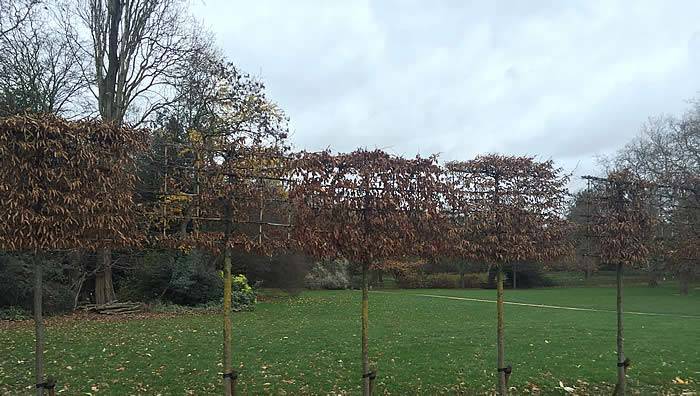
Pleached hornbeams in winter in Holland Park, London

